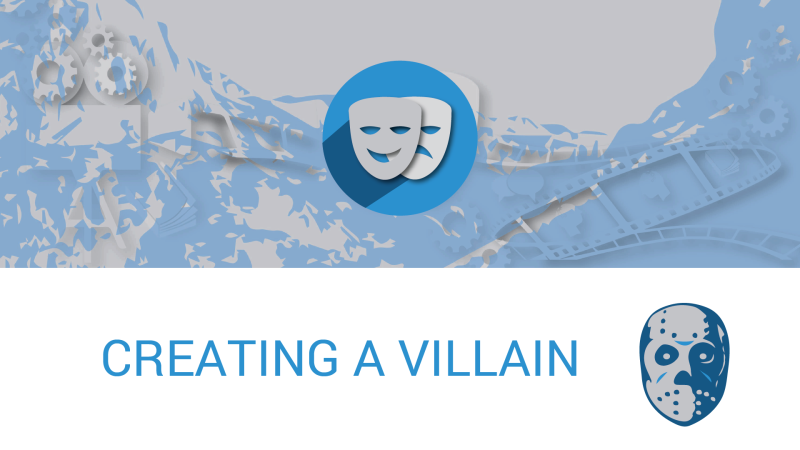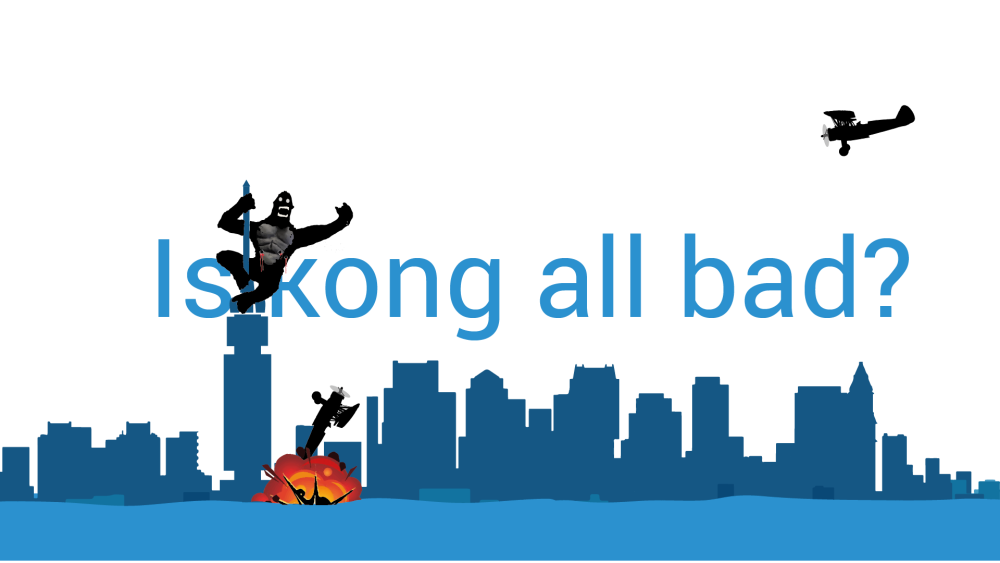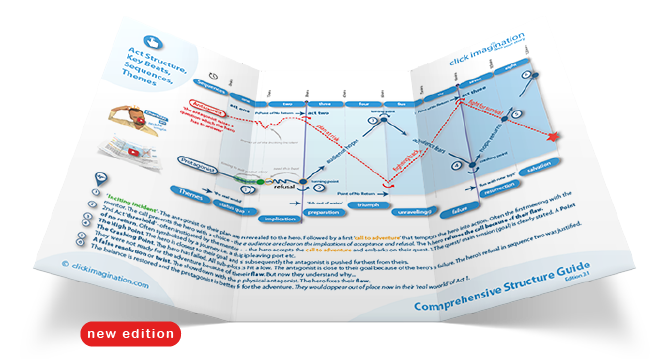The villain is arguably the most important cast member of the story as without them - let's face it - the hero would just be carrying on with their ironing. So how do writers come up with a truly terrifying and believable villain?
The antagonist's role is to ask a question of the hero and it's the purpose of the story itself to dramatise the hero's response - and resulting correspondence. It's obvious, therefore, that the antagonist be plausible and he, or she, or it, be driven by an unshakable belief that could be described as 'primeval'.

Don't get bogged down with character details
In the same way that ‘story structure’ isn’t about ‘plotting a story’, character creation isn’t about characterisation. At this stage we’re not visualising their hair colour, accent or what food they like. It’s not the detail. In this blog series we’re going to explore how to build the foundations of your characters and how the principal cast work together to take the audience on an emotional roller-coaster.
Once you have a cast in place you can have fun layering on their characterisation, shaping personality and building relationships.
So let’s start where every story begins - with an antagonist.
True, the hero’s quest is what forms the journey the audience follows but the hero would just be living in their normal world if the villain hadn’t come crashing into the first act.
Don't make your villain evil for the sake of it. If they are a serial killer, understand why they do it.
First and foremost - you have to love your antagonist and you have to understand their motivations clearly. Their character simply won’t be authentic if you don’t. Remember that the most convincing and compelling antagonists are those who would actually see themselves as a hero. The basic motivations of the antagonist are what creates the story and it is their conviction that makes them an unstoppable force. The hero has to win against someone or something that has no intention of ever giving up. In order to have such conviction, of course, the antagonist has to be driven by a purpose.
Jaws hunts where there’s food and in Amity he’s stumbled upon an all-you-can-eat buffet. Because this is a story, however, and not a documentary, Jaws isn’t just any old shark - he’s a huge shark - and a very clever one. Will he give up - no. Can he be reasoned with - absolutely not. So, going back to the earlier point - would Jaws see himself as the villain - not at all. Perversely, you can easily see his point of view in so far as - he is what it is - and he’s not that way by choice.
The same can be said for the villain in Terminator, Alien, Predator and just about every dinosaur in Jurassic park. The list goes on.
So let’s start where every story begins - with an antagonist.
True, the hero’s quest is what forms the journey the audience follows but the hero would just be living in their normal world if the villain hadn’t come crashing into the first act.
First and foremost - you have to love your antagonist and you have to understand their motivations clearly. Their character simply won’t be authentic if you don’t. Remember that the most convincing and compelling antagonists are those who would actually see themselves as a hero. The basic motivations of the antagonist are what creates the story and it is their conviction that makes them an unstoppable force. The hero has to win against someone or something that has no intention of ever giving up. In order to have such conviction, of course, the antagonist has to be driven by a purpose.
OK, let’s look at the 1975 Spielberg classic, Jaws. Who or what is the antagonist of the film? Well, it’s Jaws, of course, and Jaws is a shark: nature’s ultimate killing machine. The premise of the movie could be… ‘what if a great-white found a taste for swimmers at the hight of a small island’s holiday season’. So, here’s a crazy thought to get your head around. Jaws is really just a shark. He - or is it she - is not doing anything that sharks haven’t done for a few billion years.
Jaws hunts where there’s food and in Amity he’s stumbled upon an all-you-can-eat buffet. Because this is a story, however, and not a documentary, Jaws isn’t just any old shark - he’s a huge shark - and a very clever one. Will he give up - no. Can he be reasoned with - absolutely not. So, going back to the earlier point - would Jaws see himself as the villain - not at all. Perversely, you can easily see his point of view in so far as - he is what it is - and he’s not that way by choice.
The same can be said for the villain in Terminator, Alien, Predator and just about every dinosaur in Jurassic park. The list goes on.
Is King Kong all bad?
One of the best examples of a primeval antagonist is perhaps King Kong. It’s actually hard to see Kong as the antagonist at all as he’s normal in his ‘ordinary world’ and only a threat when he’s taken to New York. In fact, the audience even sympathises with Kong’s plight.

It's not all about Robots and Monsters
Creating antagonists in this way doesn’t just apply to creatures and machines, the same could be said for Hannibal Lector, Norman Bates and Heath Ledger’s Joker. They all possess an unshakable belief in the fact they are right. They wouldn’t even question their normality.
If the villain is built with such drive and commitment, then you’re creating one hell of a problem for your hero.
As a general rule of thumb, the villain doesn’t have a character arc - which is to say they are pretty much the same at the end of the story as they were at the beginning. I’ll cover more complex antagonists - including Kong - in another blog but for now let’s say job done.

